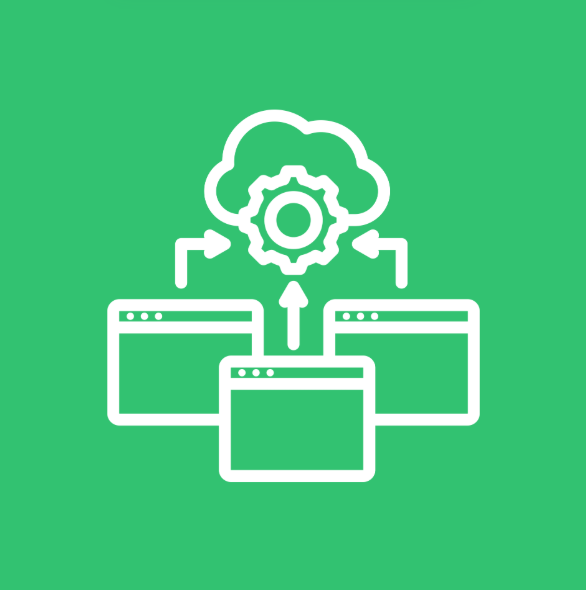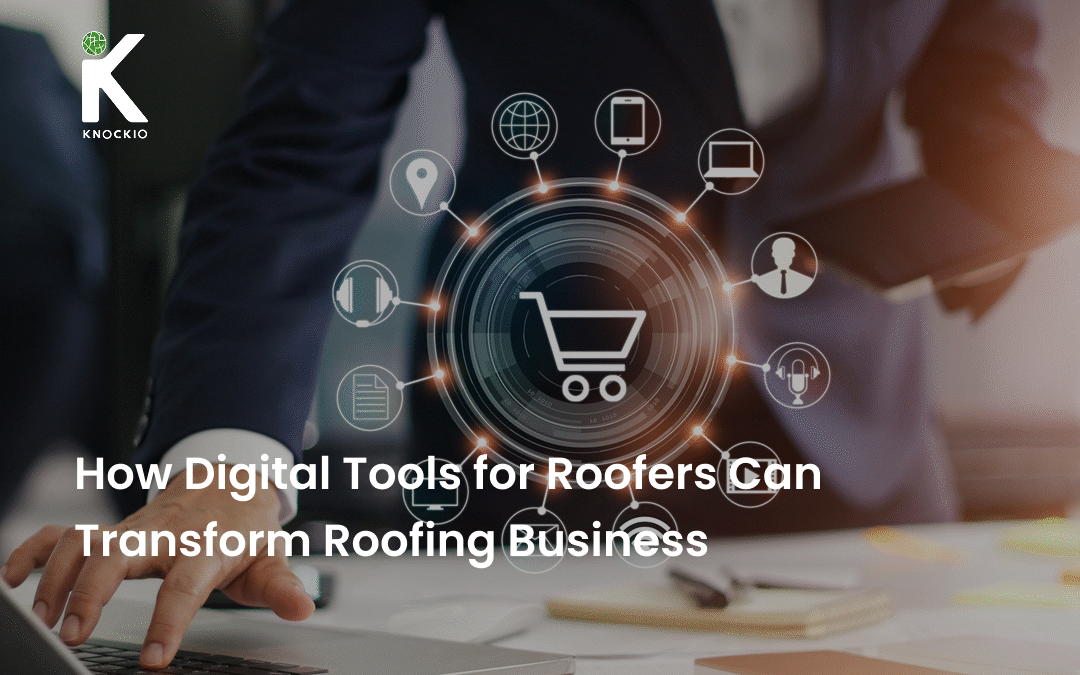In today’s world of innovation, roofing companies are discovering that simple software and apps can make a big difference. Imagine ditching stacks of paper forms and replacing them with a tablet and phone. That one change can save hours of work each day. For example, shifting from paper estimates to digital measurement tools lets roofers measure roofs quickly and accurately, saving time and reducing mistakes. Digital tools for roofers also make it easier to talk to customers and keep jobs organized. The result is faster service, greater productivity, and happier clients.
- Automated Tasks: Digital solutions can take care of routine work (like scheduling and invoicing) automatically.
- Less Paperwork: Moving forms and documents online cuts down on printing and lost files.
- Streamlined Processes: From first contact to job completion, apps help everything flow smoothly.
- Better Communication: Email, messaging apps, and video chat make staying in touch with customers and team members easy.
- Faster Service: Automated systems help you reply to customer requests quickly, which builds trust and loyalty.
These benefits add up. Experts say that with the right software, you can improve productivity, boost customer service, and increase profits. In the sections below, we’ll look at some of the best digital tools for roofing contractors. We’ll cover systems for managing customers and leads, using drones for inspections, scheduling jobs automatically, communicating in real time, and more.
Discover How Knockio Enhances Your Sales Strategys.
Here Are 8 Digital Tools For Roofers That Can Transform the Roofing Business
Digital CRMs for Roofing
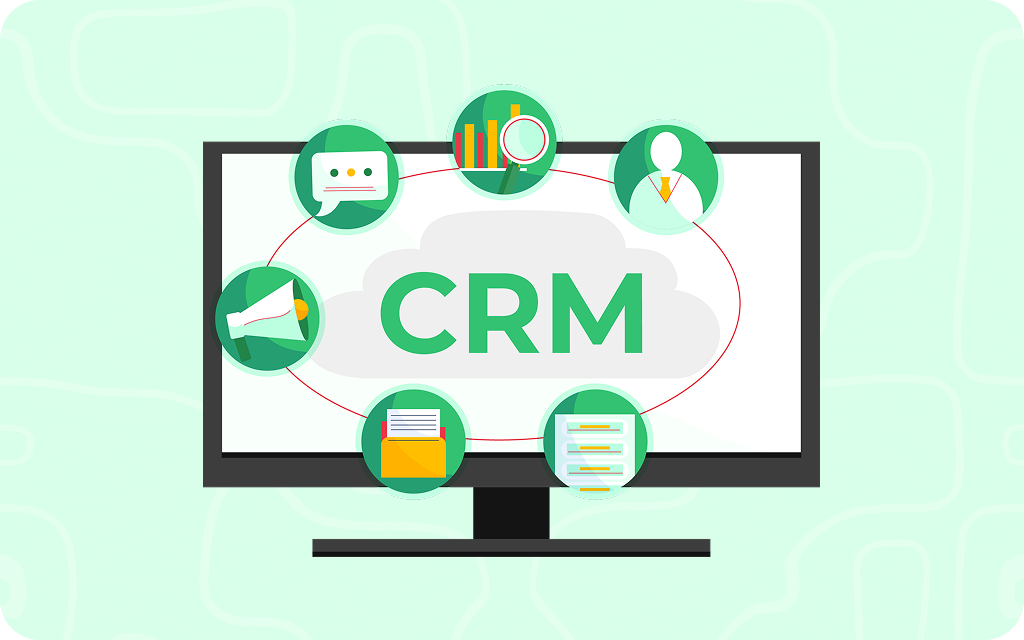
A CRM (Customer Relationship Management) system is a digital tool for business that stores all your customer information in one place. It helps you keep track of every lead, estimate, and sale. Roofers call CRMs a game-changer because these systems let you follow up with customers and prospects without missing a beat. In fact, the best CRM can track customer interactions, manage leads, and monitor sales activities in one spot.
With the best roofing CRM, you might enter a new lead after talking to someone on the phone or meeting at a home. The system will save their name, address, and notes about what they need. Then it can automatically remind you to call them back or send them a quote. You can even attach photos of the roof or signed contracts. This means no more scribbled notes getting lost. The CRM keeps everything together. It automates repetitive sales tasks so you and your team can focus on roofing, not paperwork. For example, it can send a friendly follow-up notification for a call or email about the customer’s decision. In short, it helps you stay organized and close more deals.
Many roofing contractors use CRMs like Knockio, HubSpot, JobNimbus, or AccuLynx. These platforms are built just for home improvement and construction businesses. They come with features that range from lead creation to the job done. Some door-to-door sales teams use specialized apps, too. For example, Knockio is a roofing CRM that helps your crew plan their door-knocking routes and log each visit on their phones. This way, every time someone answers the door, their contact info and interest level go right into your system.
A CRM also makes it easy to give great customer service. When all your customer history is in one place, any accessible/assigned team member can see it. If a homeowner calls with a question, you can pull up their file instantly and know exactly what happened last. Roofers find that using a CRM gives them more visibility into their business and helps provide an unforgettable customer experience. In other words, you spend less time digging through papers and more time delivering awesome roofs.
Lead Tracking
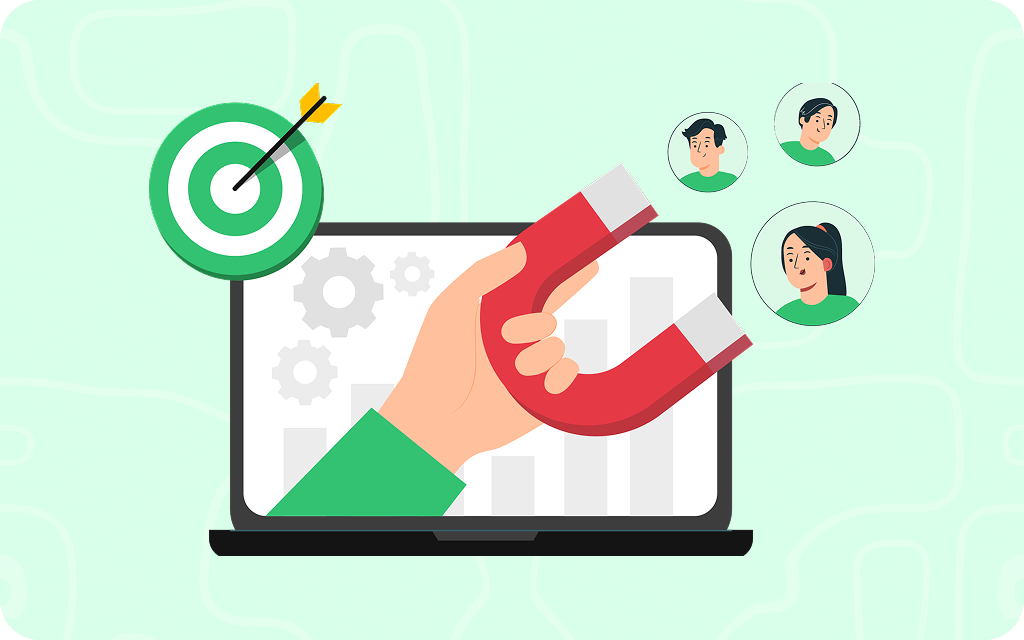
Leads are potential customers who might want your service. Lead tracking is part of a CRM or sales tool that follows a lead’s progress from first contact all the way to a sale. For roofing companies, leads can come in many ways: someone may fill out a form on your website, call after seeing an ad, or meet your salesperson in person. Digital lead tracking means each new inquiry is captured and followed automatically.
For example, imagine a homeowner calls to ask about a new roof. A lead-tracking tool will log the call, note the date and name, and remind you to follow up. We at Knockio have already integrated it with the Talk Genie (Advanced Call AI agent). If later you go to their house to take measurements, you can update the lead’s status from “New Lead” to “Estimate Scheduled”. This way, everyone on the team knows what stage each customer is in.
Good lead tracking tools include features like contact management and funnel tracking. Contact management means you can store phone numbers and emails. Funnel tracking shows how leads move through steps (like contact → estimate → booked job). For roofing sales, this ensures that promising leads don’t fall through the cracks. Your crew can see which leads need a callback or which ones have become a signed contract.
Many mobile sales apps also help with lead tracking. If your salesperson is out in the neighborhood, they can add a new lead on their phone in real time. Later, anyone in the office can pick up where the salesperson left off. Similarly, managers can add the lead and assign it to any agent for follow-up or closure.
By tracking leads digitally, roofing companies can measure which methods work best (maybe door-knocking gets 10 leads a day, or online ads bring in 5 leads a week). This data helps you decide where to focus more to get business. In short, digital lead tracking keeps you organized and helps you turn more prospects into customers.
Discover How Knockio Enhances Your Sales Strategys.
Drone Inspections
Drones (small flying robots with cameras) are becoming popular in roofing because they make roof inspections easier and safer. Instead of climbing a ladder or risking falls, a drone can fly above the roof and capture high-quality images. This is especially helpful after big storms or for very high or steep roofs.
Using a drone, a roofer can quickly survey a roof and look for damage like missing shingles or leaks. The drone’s camera can also do thermal imaging to find leaks that aren’t visible to the eye. All of this happens from the ground below. This cuts down on the risk of accidents and saves a lot of time. For example, some companies note that drones let them inspect a roof in minutes rather than hours.
Besides safety, drone inspections improve accuracy. The drone can take precise measurements and stitch together images to create a 3D model of the roof. This helps you calculate materials needed without going up there yourself. As one expert notes, switching to digital roof measurements can generate detailed estimates quickly and reduce errors. In short, drones help you be more precise.
Many roofers now include drone footage in their reports. They can email pictures or even short videos to homeowners. This real-time sharing builds trust because clients can see exactly what’s wrong with their roof. It also speeds up insurance claims; insurers often accept drone images to approve repairs faster.
In summary, drones are a powerful digital tool for roofers. They keep your team safer and make inspections fast and accurate. As one guide says, this technology “allows roofers to get accurate measurements without having to climb roofs,” saving time and lowering accident risk. Adding drone inspections to your toolbox can make a big difference in efficiency and customer satisfaction.
Automated Scheduling
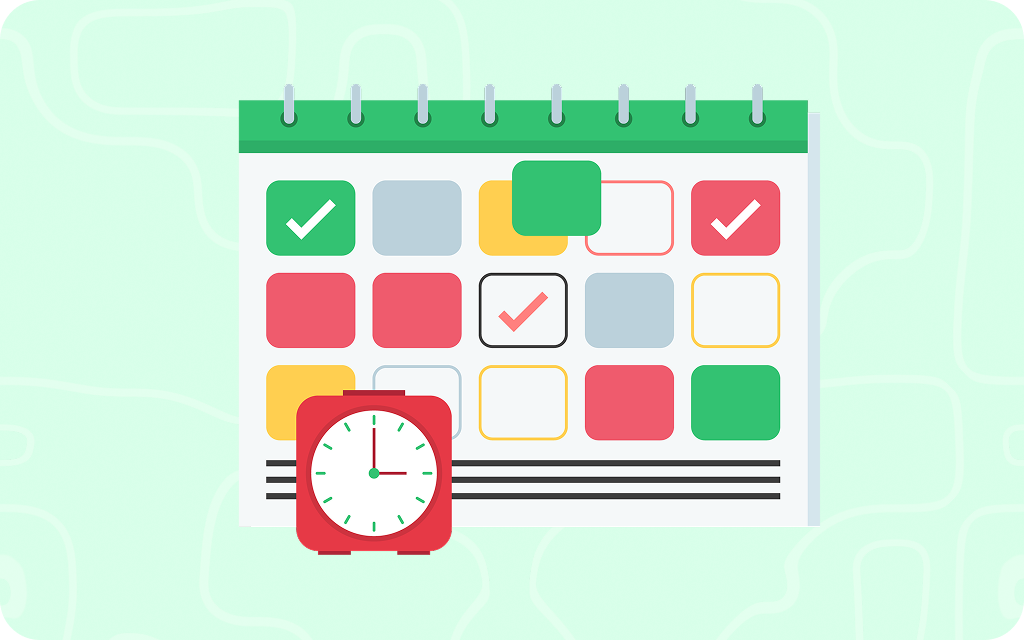
Scheduling roofing jobs involves a lot of details: matching crews to the right jobs, avoiding conflicts, and reminding customers of appointments. Roofing scheduling software takes this headache away by automating much of the work.
For example, with automated scheduling software, you can block out job times, assign crews, and set start dates all in one calendar. Team members can see their schedules on a smartphone app. If one job runs late, you can easily adjust the next appointment. The system can even check which crews are free and suggest who should handle a new task.
These tools often come with automatic reminders. For instance, the software can send a text or email to the homeowner 24 hours before your crew arrives. It can also alert your crew 30 minutes before a job. In the past, a missed appointment could mean driving back to reschedule — now, a quick message can handle it.
Automation also helps with routes. If you use multiple crews, the app can optimize travel time. It might tell you which project to do first based on distance, so trucks spend less time on the road. In short, digital scheduling apps cut down on confusion. They can automate many time-consuming tasks, such as scheduling, letting you and your staff focus on the work.
Roofing companies report that using scheduling software saves both time and headaches. Instead of juggling paper calendars, they have a real-time system that handles the details. With fewer double-bookings and fewer forgotten calls, businesses run smoothly. Automating your schedule is an easy upgrade that often pays for itself in increased productivity.
Discover How Knockio Enhances Your Sales Strategys.
Real-Time Communication Tools
Good communication is key for any service business, especially roofing, where plans can change quickly. Digital communication tools help your office, crews, and customers stay connected in real time.
For the team, apps like Slack, Microsoft Teams, or even group chat in a CRM let everyone share updates instantly. For example, if a crew hits unexpected weather delays, they can message dispatch right away. Or if a supplier calls about a part delivery, someone in the field can chat with the office. Today, video calls and simple texting apps are even used on job sites. As one resource notes, digital tools like email and messaging apps make it much easier to stay in touch with clients.
With clients, you can use text messages, email, or even customer portals. For instance, when a roof is done, you might send the homeowner a group of photos showing before-and-after shots. Or you can use an automated email to confirm each step: “Thanks for scheduling — we’ll see you at 9 AM!” and then “Your roof is complete! Here’s the final invoice.” These real-time updates help build trust. Customers don’t have to wonder if the crew is on the way — an automated text can tell them exactly.
Some roofing sales software includes two-way chat features. A customer could send a quick message from their phone (“Can you call me tomorrow?”), And you’ll see it on your dashboard right away. You respond, and the answer appears on their phone. This instant communication can make customers feel valued and keep them in the loop.
Overall, digital communication tools reduce delays. When everyone — office, crews, suppliers, and customers — is on the same page, jobs finish faster and with fewer surprises.
Mobile Sales Apps
Roofers often work out of trucks and trailers, far from their desks. Mobile sales apps are digital tools made for that. These apps put important information right into your pocket or on a tablet.
For example, you can add roofing job details instantly with your phone. Others allow you to prepare a quote right on the spot. Imagine walking a homeowner through options — on the phone, you select shingle color, add skylights, and the app calculates the cost right there. That speed and convenience can impress customers.
Other apps help with paperwork. Instead of waiting to fax or mail contracts, you can get a digital signature on your tablet in front of the homeowner. The signature tool ensures paperwork doesn’t get lost. You can also accept credit cards or mobile payments on-site. All of this means fewer follow-up visits just to collect payment or signatures.
Knockio integrates with many apps to help streamline business. And as they point out, a variety of mobile apps are available to help with estimating, scheduling, and communication. This lets roofers handle common tasks even when they’re away from the office.
Beyond estimates, mobile apps can include inventory tracking (scan nails or shingles as you use them), GPS directions to the next job, or even training videos for crews. Some companies even use tablets to train employees or show customers roof styles.
In short, mobile apps turn smartphones into mini-offices. For door-to-door sales, an app like Knockio can guide reps through neighborhoods and record each knock or conversation in the system. For field crews, apps mean no backlog of work waiting until they return to the office. All data is saved in real time. This mobility is why so many roofers use tablets and phones in place of paper planners.
Discover How Knockio Enhances Your Sales Strategys.
Customer Engagement Platforms
Keeping customers engaged and informed is another area where digital tools shine. Customer engagement platforms include things like email marketing, automated reminders, and online reviews management.
For instance, sending a regular email newsletter or update can keep your roofing company top of mind. You might email past customers with tips for roof maintenance, or notify them of a spring inspection special. Platforms like Mailchimp or ActiveCampaign let you schedule these newsletters and see who opens them. This can even trigger follow-ups: for example, if someone clicks on an email, your system can notify a sales rep to call them.
Other engagement tools include text message reminders and appointment links. When a job is booked, a quick SMS can go to the customer: “Reminder: Your roof replacement is on Monday at 10 AM.” After the job, an automated message could ask for feedback or a review: “How did we do? Rate us!”
Social media and websites also count. Many roofers now use Facebook or Instagram to post project photos and communicate with their community. These digital channels let you answer questions and handle service requests online.
The big advantage is clear: digital engagement keeps the conversation going even after the sale. As we saw, improving communication through digital channels helps build stronger relationships and better customer service.
Geolocation Tools for Field Teams
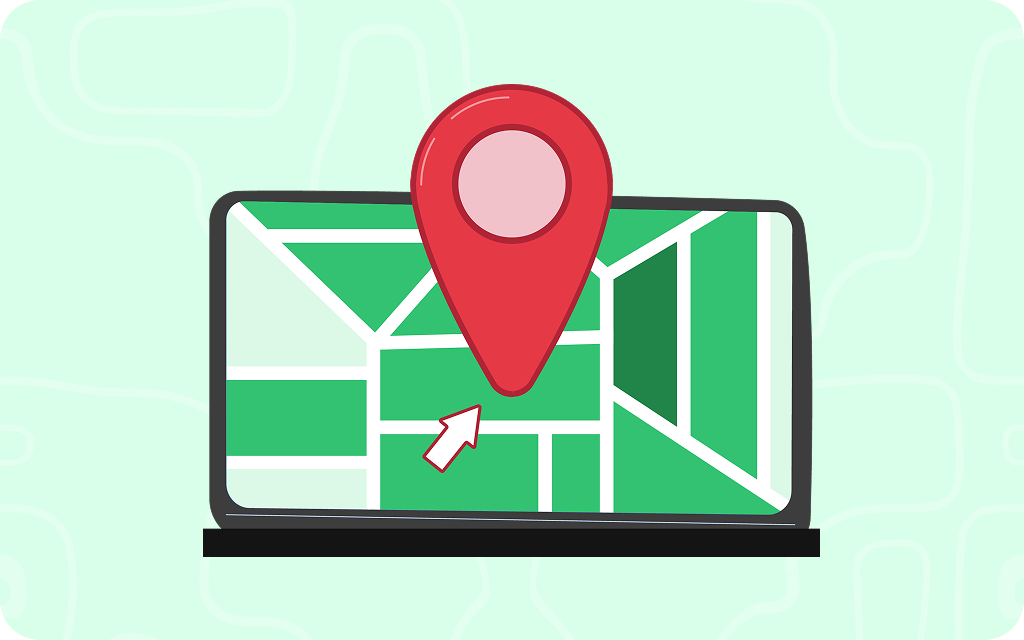
Geolocation tools use GPS and mapping to help manage crews and equipment. These tools show you where everyone is and how to get them to the right job quickly.
For example, rep tracking apps like Knockio have a map view. They can “view all employees’ locations on a single map”. This means if one crew finishes early, you can immediately see who’s closest to the next job site. You can then reroute that crew right away, saving driving time.
These apps also often include geofences. A geofence is a virtual boundary around a location (like a job address). When a worker’s phone enters or leaves the fence, the system can automatically clock them in or out. This makes timesheets more accurate because you don’t rely on manual punches.
According to the app, GPS tracking lets you monitor employees in real time. You can literally watch your crews moving from place to place. This is helpful if a homeowner calls and says the crew didn’t show up; you can check the map and see where they really are.
Geolocation tools can also track crew members with vehicles and equipment. If your truck driver has GPS, you can plan routes more efficiently and avoid traffic. Some systems even record the route taken, which helps with reporting mileage or verifying job times.
In all, these location-based tools keep your field team organized. They reduce wasted time between jobs and make payroll simple. For a busy roofing business, knowing exactly where your crews are and how they move from job to job leads to faster response times and lower fuel costs.
Conclusion
The roofing industry is changing fast, and staying ahead means using smart digital tools built for the job. Knockio is one powerful tool that helps roofing businesses handle everything in one place—from tracking sales reps and managing leads to planning door-to-door routes and organizing follow-ups. With Knockio, you don’t need separate apps for scheduling, maps, or lead updates. It keeps your team connected, saves time, and helps you close more deals—all from one easy-to-use platform built for roofers. As one of the top digital tools for roofers, Knockio replaces the need for multiple apps by combining lead management, team tracking, territory planning, and performance reports—all in one place.
Investing in these technologies is not just about gadgets; it’s about growth. The right software can boost productivity and customer service, and ultimately your profit. Think of it as an investment: a few smart tools can pay for themselves in the time and hassle they save you.
Start small if you need to. Maybe add a CRM this month, and set up an email reminder system next month. Each step will make your roofing business run smoother. In the end, technology should free you to do what you do best — deliver high-quality roofs — while it handles the busywork.
Digital tools are the future of roofing, and that future is here today. Embrace it, and watch your business climb to new heights.
How Digital Tools Can Transform Your Roofing Business?
Digital tools like Knockio’s real-time sales tracking and smart area planning are helping roofing businesses work faster and smarter. These tools make it easier to manage teams, follow up with leads, and stay organized. By using this kind of technology, roofing companies can give better service and stay ahead of the competition.








